Everyone seems to love a good farmers market these days. Goodness knows my wife does – it seemed like she visited every one available in the City of Philadelphia after living here for only a week. And I do too. As a confirmed foodie, I love scrutinizing the latest offering of local wild mushrooms – or whatever is succulent that day.
But markets have deeper roots in the history of cities and public life; and they continue to grow in the U.S. and abroad. And, increasingly, they are understood as critical Places in the life of a city (see the Project for Public Spaces’ recent article).
The Moroccan souk—an urban form that goes back centuries—is the epitome of the concept; the market as place, and a place as a market. A souk can be an ephemeral market that springs to life once a week—as it does in the town of Olad Embarek where my son Jake lives—or it can take the form of an entire urban district as it does in Marrakesh.
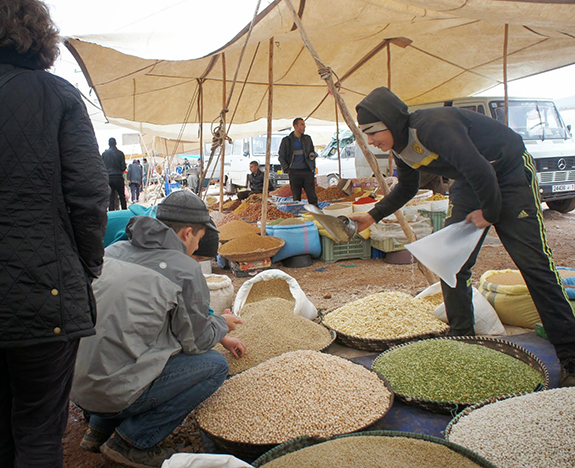
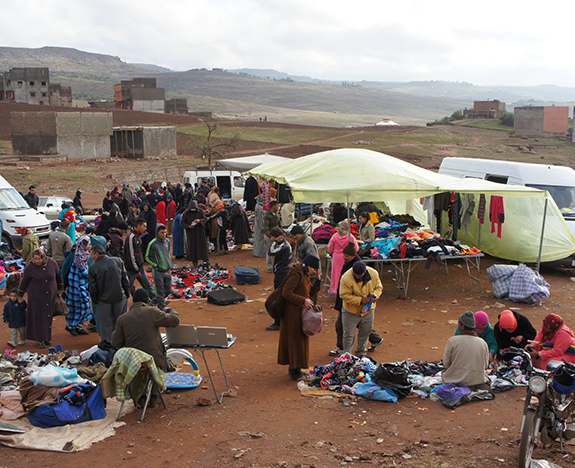
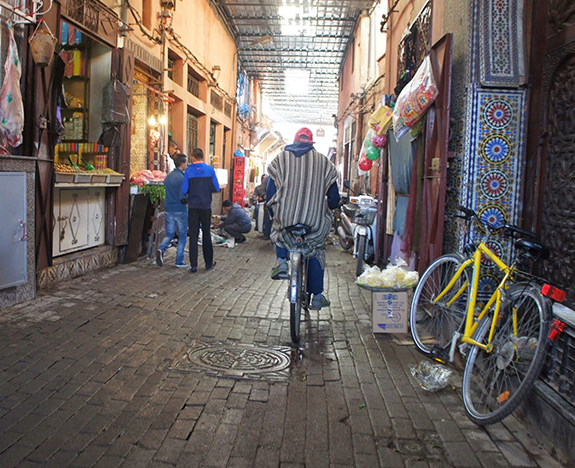
But what is consistent across both forms—the transient and the permanent—is the sensory, experiential character and social interaction that draws people to it. It is a literal representation of the term “sense of place;” where color and texture combine with smell, taste and sound to stimulate the kind of social experience that we all crave. And because the simple encounter of buying and selling can transcend almost any language barrier, it becomes a connected social experience almost automatically. That is why markets are always such a tourist draw—they are an authentic cultural experience—even when you are buying trinkets that are mass-produced in some Chinese factory.
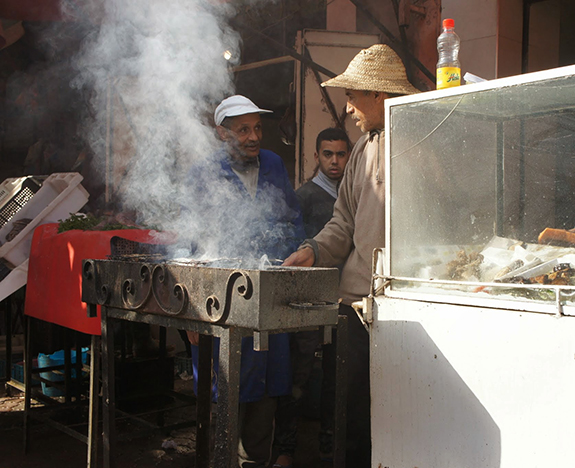
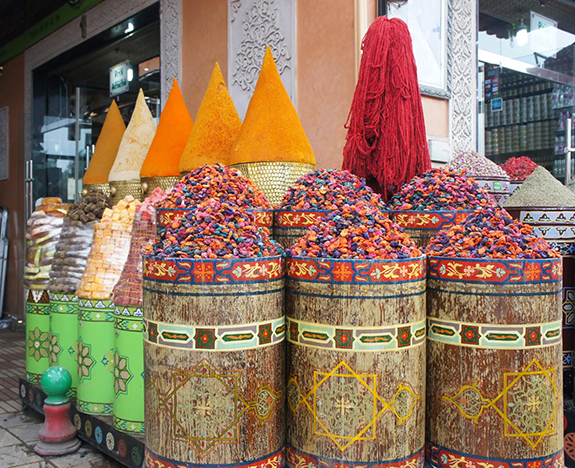
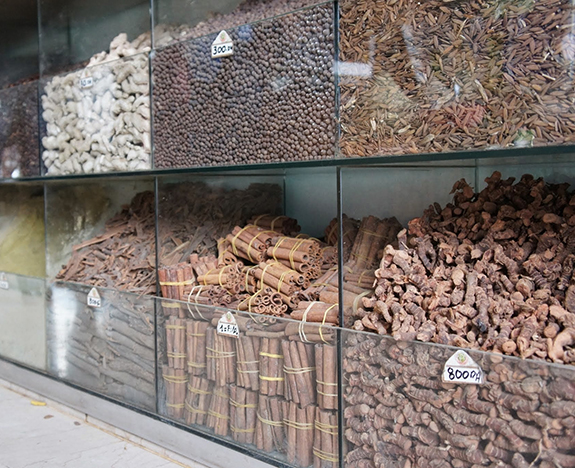
As a confined framework for shop front retail, the street is the heart and soul of the souk—whether the bricks and mortar of Marrakesh—or the tent encampment of the temporary souk. A system of paths (streets) and stalls (buildings) that organize a precinct emerges even there, and is fascinating as an expression and metaphor of urban design and place making. Not that the Moroccan souks are as orderly as the Roman military camps that were the origins of many of Europe’s great cities (think London and Paris). Far from it—their chaotic disorder, is all part of the charm!
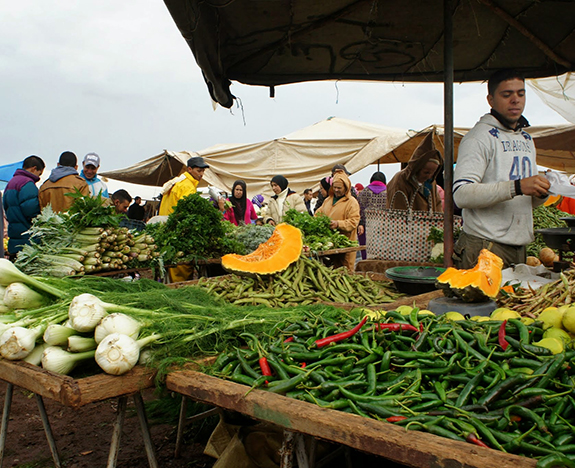
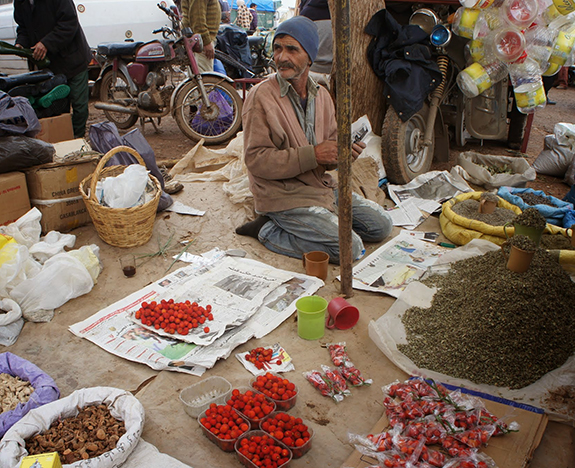
Written by Michael Stern, a founding principal of Strada who leads the firm’s urban design practice. The focus of his work involves improving the quality of urban environments.
